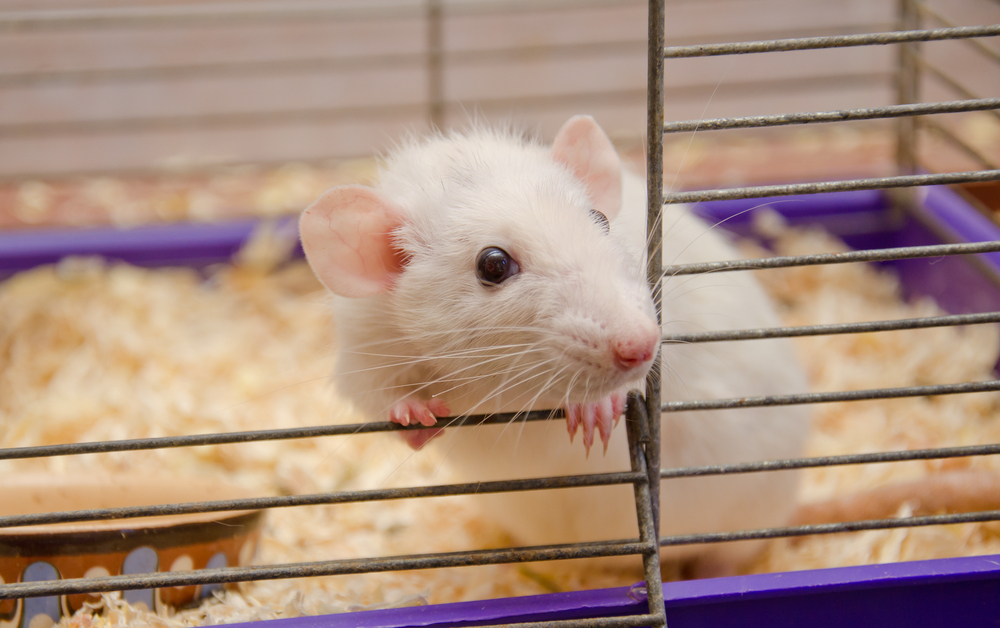Taurine Recovered Motor and Cognitive Deficits in Mouse Model of Angelman’s
Written by |

Taurine was able to recover motor capacity, learning and memory skills in a mouse model of Angelman syndrome, indicating the compound may be a potential therapy to treat motor and cognitive deficits in Angelman patients.
The study “Taurine Administration Recovers Motor and Learning Deficits in an Angelman Syndrome Mouse Model” was published in the International Journal of Molecular Sciences.
Individuals with Angelman syndrome have alterations in the GABAergic inhibition of the nervous system — a system linked to the major neurotransmitter responsible for inhibiting neuronal impulses, called GABA.
Therapies that stimulate this particular pathway are among the most direct ways to treat epileptic and neurological traits.
Preclinical data indicates that defects in GABAergic inhibition contribute to Angelman syndrome, which opens the possibility of using compounds that counteract such defects as potential therapies.
Taurine, a natural amino acid present in meat and dairy products, exists freely inside cells. It activates the GABA pathway in the brain and spinal cord (called the central nervous system). Although this compound has widespread distribution in the body, it is particularly important for the correct functioning of the heart and nervous system.
Several studies have suggested that taurine plays a role in the protection and development of nervous cells. Accordingly, many studies support potential beneficial effects of the compound in brain disorders, including Alzheimer’s disease, schizophrenia, and neurodevelopment disorders such as fragile X syndrome.
Based on this evidence, Italian researchers investigated if taurine could efficiently reduce symptoms in a mouse model of Angelman syndrome.
Mice from three to 30 weeks of age, were treated daily with taurine mixed in their drinking water, as previous data showed that the best period to rescue behavioral deficits in this mouse model is soon after birth.
Balance, motor coordination, behavior, learning and memory were measured in treated versus untreated mice at 7, 14, 21 and 30 weeks after birth. Biochemical markers in the brain also were assessed.
Taurine administration significantly recovered motor coordination in Angelman mice to levels closer to those of healthy mice, from week seven until the end of treatment.
Partial improvements, mostly in females, also were observed for locomotor activity, anxiety and exploration behavior.
The same trend was observed for learning and memory capacities, which raised toward those of healthy animals, particularly at later stages of the treatment period.
Biochemical tests showed that levels of brain signaling molecules, which usually are abnormally high in Angelman syndrome, were restored to normal by the end of treatment.
Treatment raised blood levels of taurine fourfold to sixfold, but did not affect left brain content.
Importantly, even though taurine exerted an effect on motor and cognitive abilities in mice with Angelman it did not alter those skills in healthy mice, and prolonged treatment did not reveal any toxicity.
These data support further investigation of taurine as a potential therapy for Angelman syndrome, the researchers concluded.





